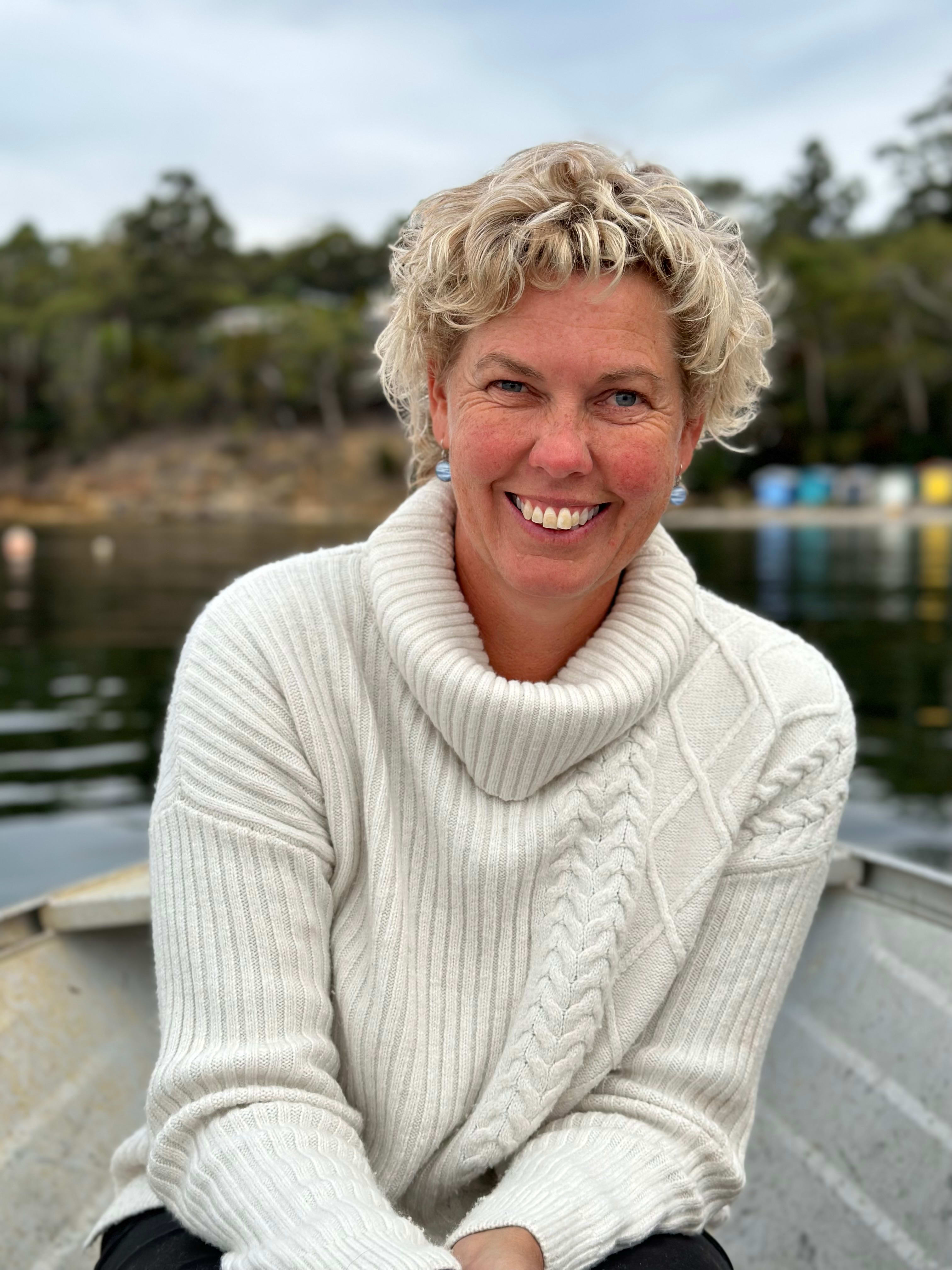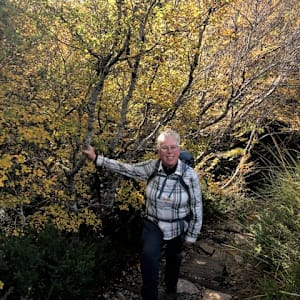Some people have fairies at the bottom of their gardens – I’ve got a seal. Not any seal, but a (very) large male elephant seal that is about four metres long and weighs (according to my authoritative Complete Book of Australian Mammals) about 2,500 kilograms. In the old language, that is about two and a half tons – more than any modern car; even a Rolls Royce.
So, this spring, just beyond the silver birches and the roses – which I am so proud of, after vigorous winter pruning – I have this huge elephant seal. Let me repeat that Neil the seal is about four metres long and weighs probably 2.5 tonnes. He used to haunt the Dunalley wharf, due north across Norfolk Bay, but he has now decided to haul out near the creek across the road from where I live. And where does an elephant seal sleep? Ba-boom – wherever he wants to, and sometimes it’s on the nice warm bitumen of Nubeena Main Road.
This, as dear readers will appreciate, is a difficulty for road-users and an expense for council as they regularly try to herd Neil off the road. One council employee was here for at least five hours one Sunday trying to move Neil on, and as it was a Sunday he’d be on at least double time. The council employee, I mean, not Neil. Neil’s on his own time.
The basic trouble is, Neil is massive – I mean really massive. It’s hard to think of a metaphor, or even a simile, to give an idea of his size. He’s just huge, and because he’s so floppy (because he has to be encased in blubber), he’s a bit amorphous and no-one seems to know what to do with him. Or, how to deal with him.
Did I say that he really is just ludicrously huge?
Further, this large blob of blubber conceals a very powerful frame, a frame that is, at about 12 feet (Neil brings out the old language in me) long, too big to fit onto a standard ute. You would need a five-ton truck at least. But how would you get him on it?
My wife – practically, but somewhat insensitively – suggested that they get the council grader to move him back to the creek. This was one day when Neil was causing particular trouble. I gently reminded her that we do have animal protection laws and that would not really be an option. She grudgingly acquiesced, but I think she wasn’t happy.
Together we toyed with ideas of getting proper scientific people to sedate him and then move him. My wife thought perhaps to Shelley Beach, a few miles down the bay. I thought that he’d be back in seconds. Clumsy on land, seals are swift in the water.
The council has now erected an electric fence to try to exclude Neil from the road – he was asleep in the middle of the main road in front of our place again one day after the Sunday debacle – but I give the electric fence a snowflake’s chance in hell of actually working. When Neil wants to move, no flimsy electric fence is going to stop him. The path he ploughs through the undergrowth when he moves has to be seen to be believed. Everything is flattened.
. . .
This whole crazy, funny, silly saga raises interesting issues. Why is Neil here? He’s not opportunistically exploiting a food resource, he’s just sleeping. We get Australian pelicans forming occasional colonies at the mouth of this creek when the fish are right, but they don’t stay – they go back to (I assume) the colony at Little Swanport when they’ve caught the fish. Neil the Seal, by contrast, is a long way from his nearest colony, and he’s not eating. So, why is he here?
The Complete Book of Australian Mammals has an explanation, of sorts. There was a colony of these huge beasts, it reports, on King Island – a long way from Antarctica – in colonial times, but they were hunted to extinction. Now, elephant seals who visit Tasmanian shores are rare and accorded the epithet “stragglers” in the book. So Neil the seal is not a particularly rare phenomenon, but not a common one either.
One wonders what he’s thinking (or feeling) when he hauls himself out onto a road a thousand kilometres from his normal habitat. As I say, he’s not looking for food, just a comfortable billet. The trouble is, us humans don’t think the Nubeena Main Road should be his bed.
And he certainly created a stir. Some days there were a dozen cars lined up to see Neil, and council had to regulate traffic. He became a tourist attraction.
But now he’s gone. Despite my predictions, the electric fence worked, and Neil eventually slipped, slopped and flopped back into the creek and away into the bay.
It’s an extraordinary thought that his next haul-out might be just down the bay or on Macquarie Island, a thousand klicks away. That, as far as I can make out, would be the nearest elephant seal colony to Premaydena.
Onya Neil the Seal – you enriched our lives for a week or two – though the council’s accountant probably doesn’t agree  .
.
James Parker is a Tasmanian historian (but with deep connections to Sydney), who writes and talks on mainly colonial subjects – especially convicts, women and the Tasmanian Aboriginal people.







